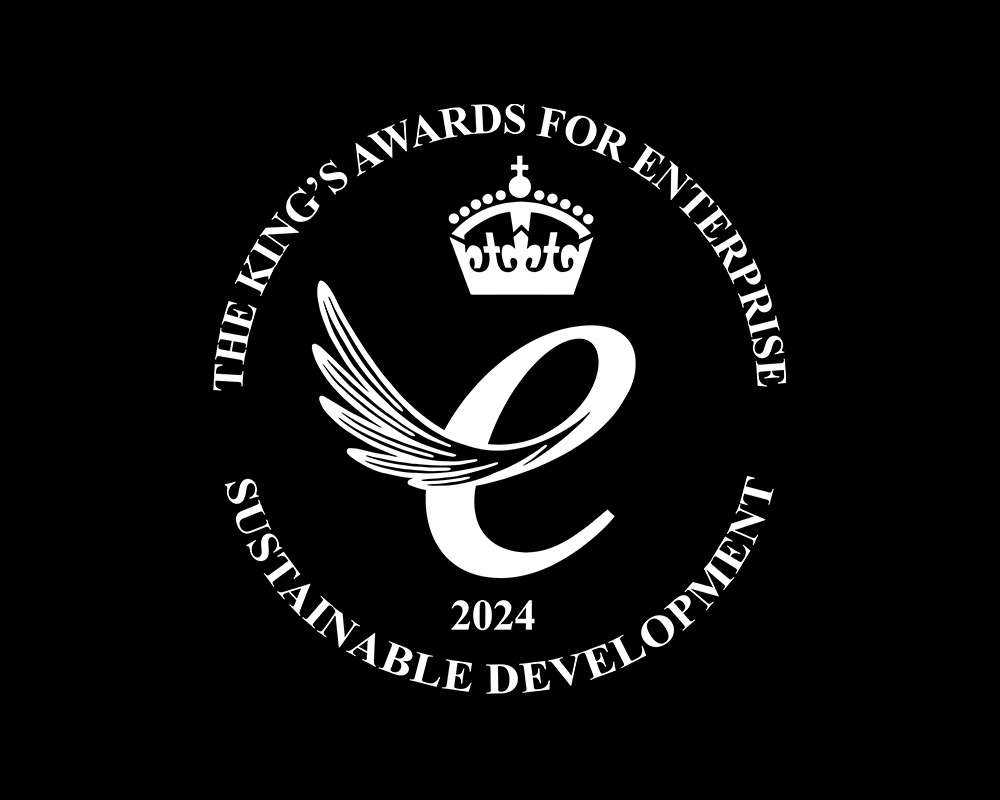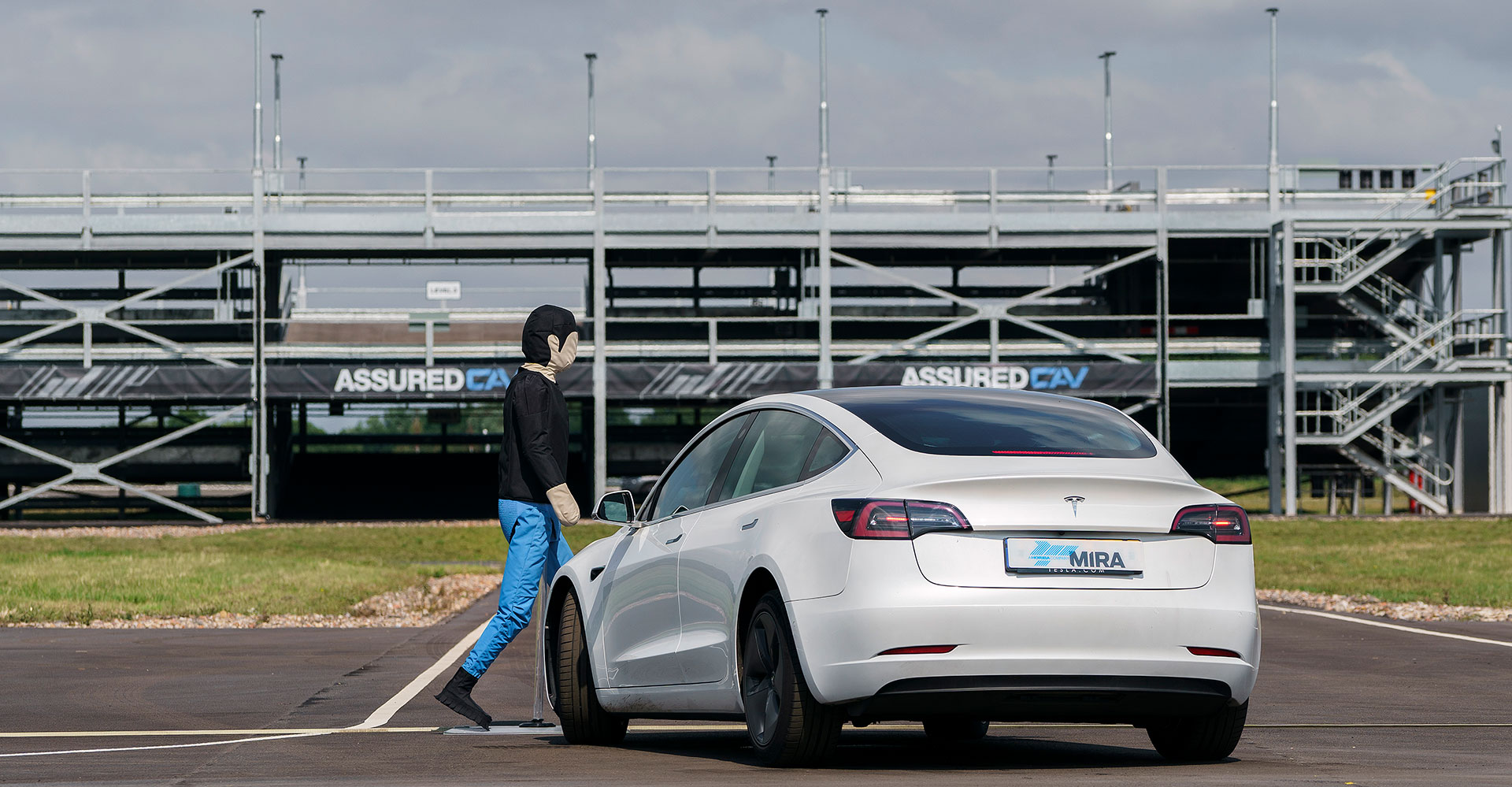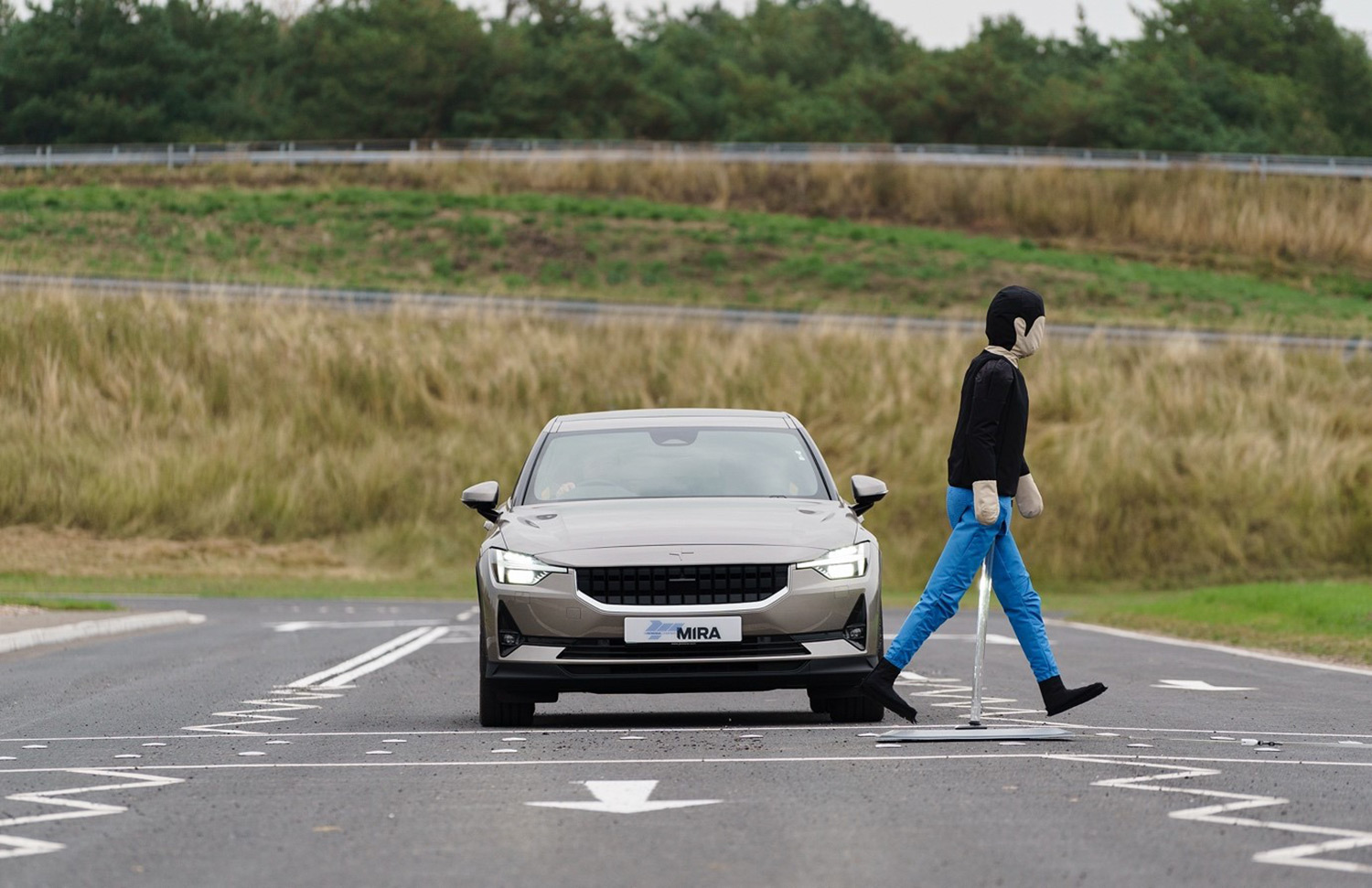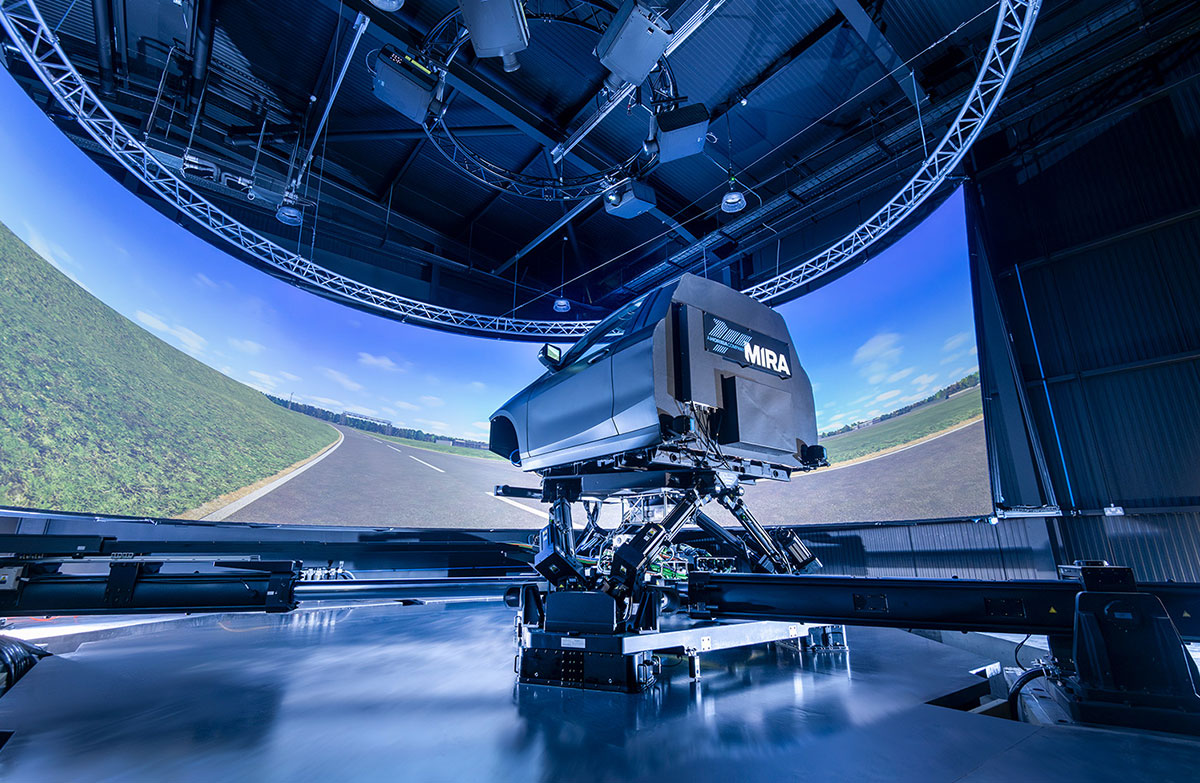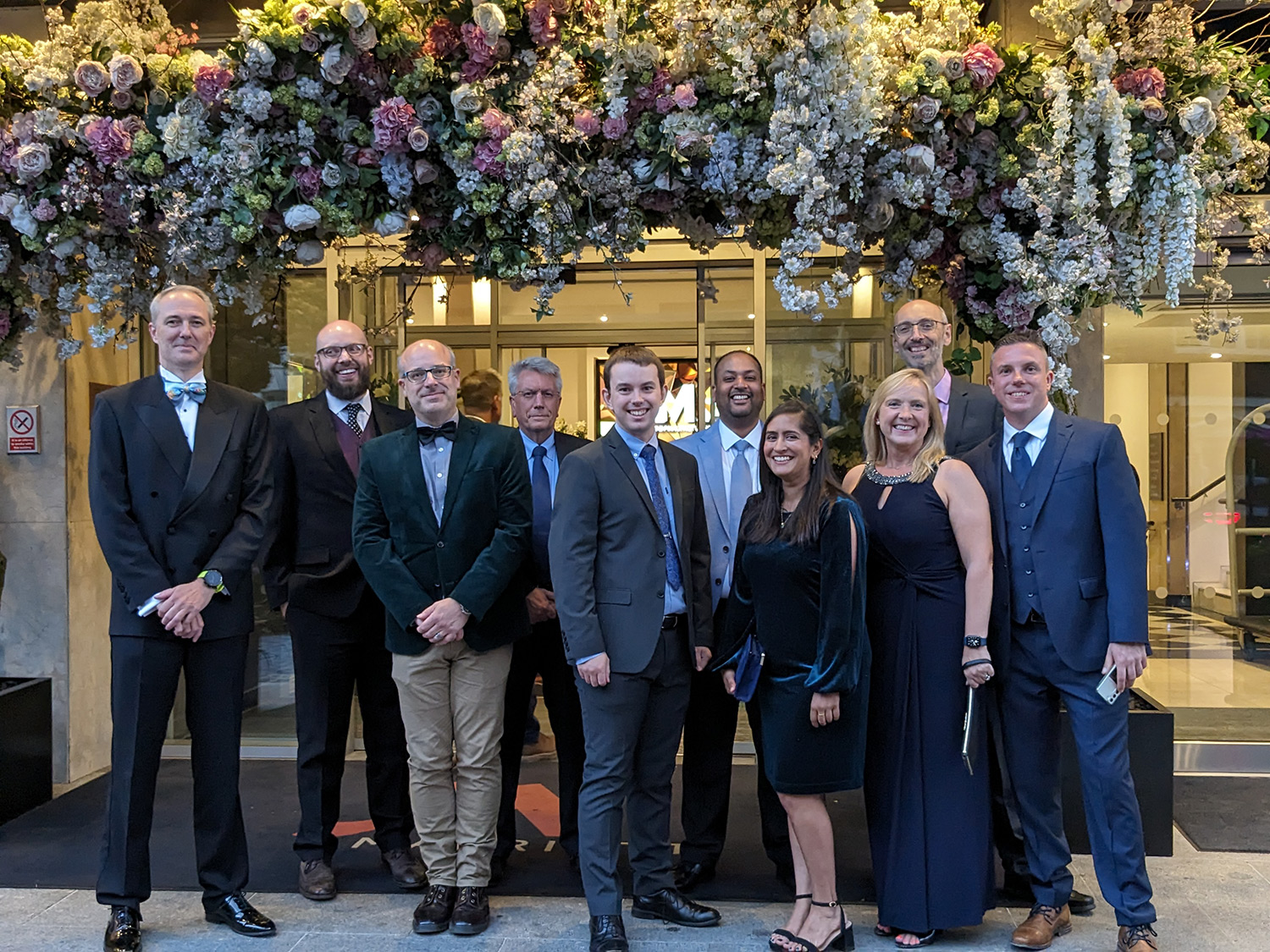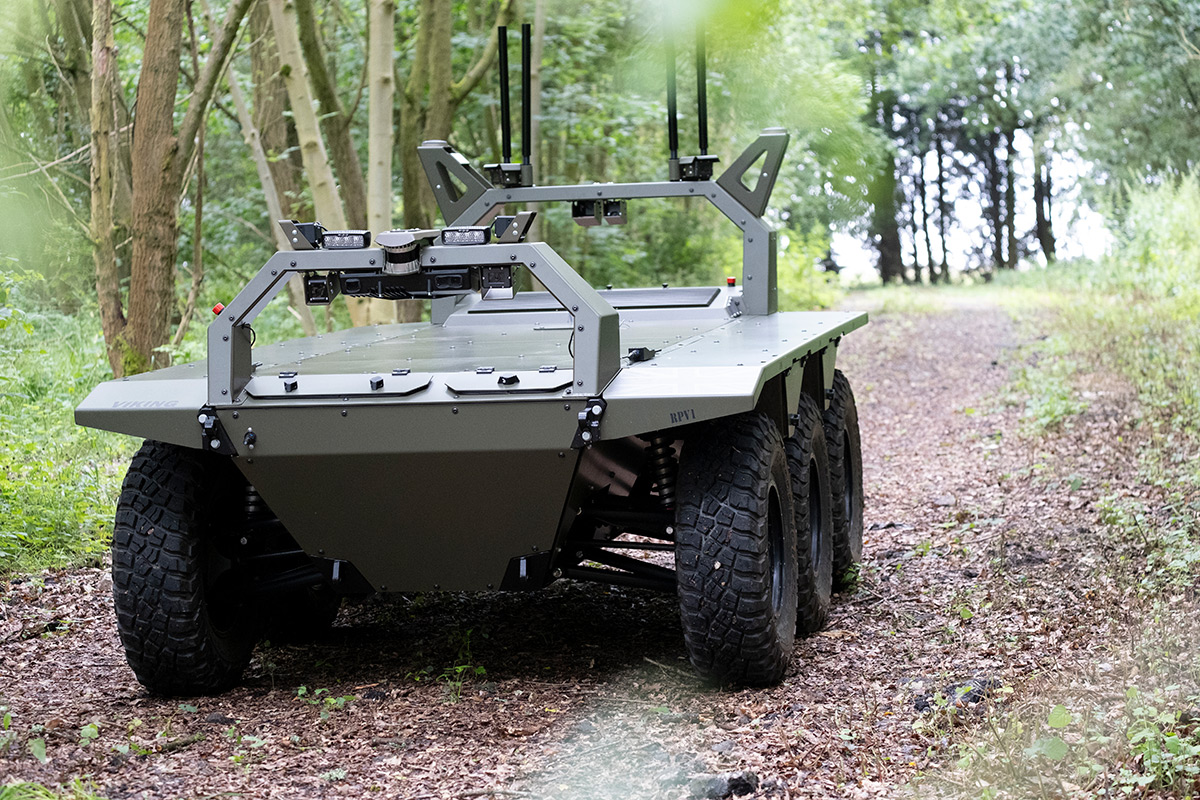World’s First Liquid Nitrogen Hybrid Bus Completes Trials
HORIBA MIRA and Dearman accelerate use of liquid nitrogen for primary power

A revolutionary hybrid bus that runs on both diesel and liquid nitrogen has completed a rigorous series of trials to bring it one step closer to the road.
The hybrid bus – CE Power – is the world’s first to be powered by liquid nitrogen and has been built by engineers at HORIBA MIRA as part of an Innovate UK consortium. The bus utilises alternative propulsion to address urban air pollution challenges and features a high-efficiency, zero emission Dearman Engine, powered by liquid nitrogen, alongside a conventional diesel engine. The hybrid system enables the bus to reduce noxious tail-pipe emissions, improving local air quality.
The Innovate UK consortium was comprised of leading industry, academic and local and national governmental organisations. It was led by Dearman and included Air Products, Cenex, Coventry University, HORIBA MIRA, Manufacturing Technology Centre, Productiv Ltd, and TRL (the Transport Research Laboratory).
The bus uses a hybrid propulsion system to reduce emissions during acceleration after stopping. This portion of the bus’ drive cycle traditionally has a heavy impact on the diesel engine and can produce vast amounts of nitrogen oxide and carbon dioxide emissions. As the Dearman Engine produces none of these harmful emissions, it will enable the bus to continue to frequently stop to unload and pull away from a bus stop without expelling the same level of damaging pollutants.
Whilst driving at 20 mph or below, the liquid nitrogen – stored in a low pressure insulated cylinder – is warmed up to the point of boiling, at which time it creates enough pressure to drive the multi-cylinder Dearman engine. Once the bus reaches 20 mph, the diesel engine will kick in as at this speed the bus requires less effort from the engine to operate.
The bus trials were completed at HORIBA MIRA’s engineering facilities and Proving Ground in Nuneaton and included components and full system testing along with an engineered drive cycle to simulate a standard bus route with a variety of stops.
Martin Watkinson, Technical Lead on the project at HORIBA MIRA, said:
“The hybrid nature of CE Power demanded a sleek systems integration process. Our engineers worked to ensure the liquid nitrogen system operates seamlessly and safely with the diesel engine, in addition to carrying out the whole vehicle thermodynamics modelling and the overall vehicle control and testing.
“The completion of these trials paves the way for the use of liquid nitrogen more widely in the automotive sector, and takes the UK one step closer to stamping out harmful emissions for good.”
David Sanders, Commercial Director at Dearman commented:
“As the UK wrestles with dangerous levels of urban air pollution, a bus that runs on ‘thin air’ represents a significant breakthrough. The Dearman Engine has the potential to significantly improve the efficiency of both buses and HGVs, reducing fuel consumption and cutting pollution. Crucially it can provide a cost effective alternative to other emerging zero emission technologies, whose environmental performance if often offset by complexity and cost. This successful trial could be the first step towards rolling out a British innovation to the streets of the UK and around the world.”
The benefits of using liquid nitrogen over an electric hybrid bus include a much longer life, local production and easy refuelling. Batteries, which power many of the UK’s electric hybrids, require changing several times over the course of a bus’s lifetime, whereas the liquid nitrogen system will last the lifetime of the bus. Liquid nitrogen can be produced locally without the need for neodymium or lithium, which are both used by motors and batteries and sourced from overseas. Furthermore, refuelling liquid nitrogen can take a matter of minutes, enabling the bus to return to the road in a short timeframe.
